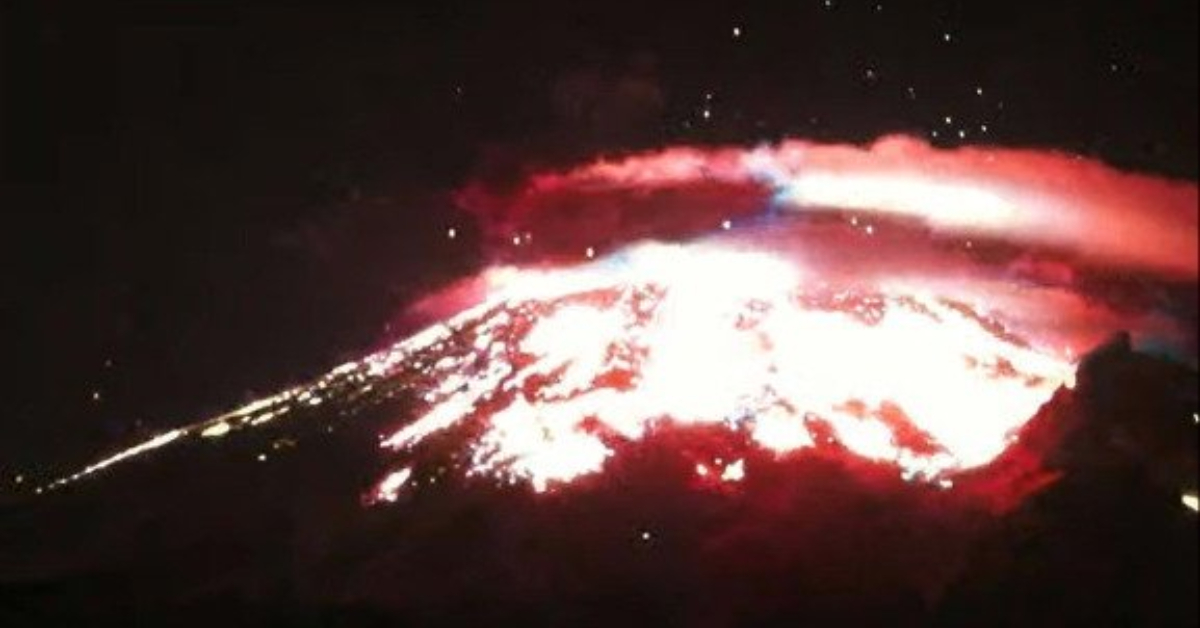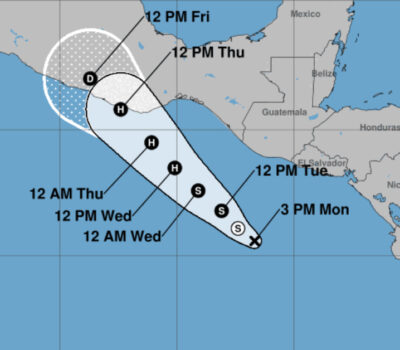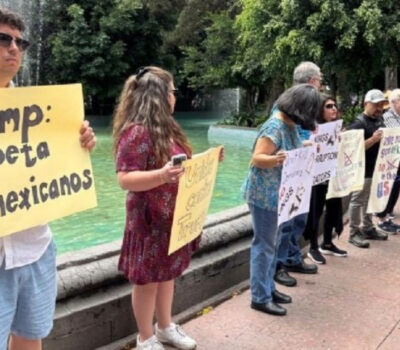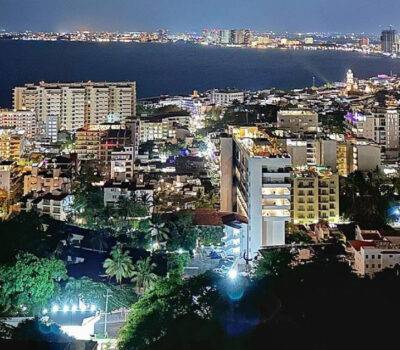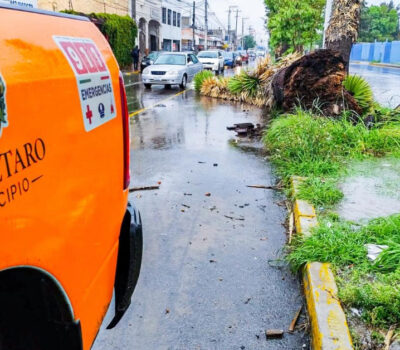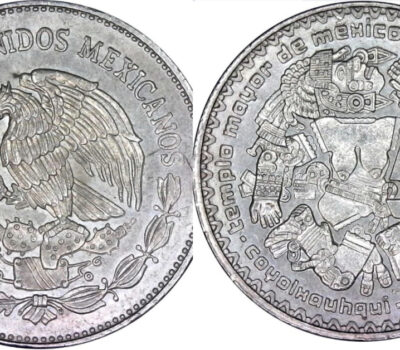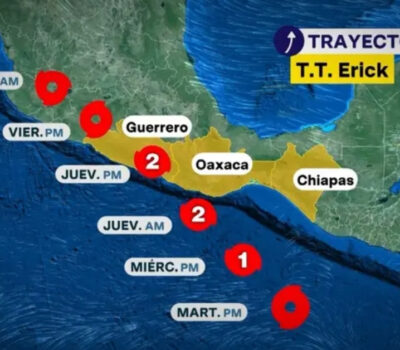Puerto Vallarta (PVDN) – The Mexican Government has issued a stern warning to citizens to steer clear of the Popocatépetl volcano following the detection of 143 exhalations that released water vapor, volcanic gases, and ash, according to an official statement.
Early on Wednesday, an explosion involving a release of lava was noted. The explosion could be heard around the State of Puebla.
The government underscored the importance of observing a 12 km exclusion zone around the volcano. Additionally, it emphasized the need to retreat from the bases of ravines during heavy rainfall due to the risk of mud and debris flows.
The statement also clarified that the Popocatépetl volcano’s alert status is currently set to Yellow Phase 2.
The government urges the public to disregard rumors and pay attention to official updates from the National Civil Protection Coordination through their official website www.gob.mx/cenapred and their Twitter handle @CNPC_MX.
Precautions to take in the event of ash fall include:
- Use a handkerchief or face mask to cover your nose and mouth.
- Use clean water to rinse your eyes and throat.
- Opt for eyeglasses over contact lenses to minimize eye irritation.
- Keep windows closed or covered and remain indoors as much as possible.
Possible scenarios during Yellow phase 2 include:
- Continuation of explosive activity at a low to intermediate level.
- Light to moderate ash fall in nearby communities.
- Potential for pyroclastic flows and short-range mudflows.
RECOMMENDATIONS:
- Maintain the 12 km safety radius. Entry to this area is prohibited.
- Manage traffic between Santiago Xalitzintla and San Pedro Nexapa via the Paso de Cortés.
- Civil Protection authorities should keep their preventive measures active in line with their operational plans.
- Citizens should heed the instructions of local authorities and avoid getting close to the volcano, especially the crater.
The Popocatépetl volcano is monitored round the clock. Any significant change in its activity will be promptly reported. The level of the Volcanic Alert Traffic Light will be adjusted based on the volcano’s activity.
Popocatépetl, known colloquially as “Popo,” is one of Mexico’s most active volcanoes and the second highest peak in the country. Translated from the Nahuatl language, Popocatépetl means “Smoking Mountain,” a testament to its continuous activity. This essay will explore the geological significance of Popocatépetl, its historical eruptions, the risk it presents to the surrounding population, and the measures taken to mitigate these risks.
Geologically, Popocatépetl is a stratovolcano, characterized by its steep, conical shape formed by the accumulation of hardened lava, volcanic ash, and other debris from successive eruptions. It stands more than 5,400 meters above sea level, making it a prominent feature of the Trans-Mexican Volcanic Belt, a major volcanic region extending across Central Mexico.
Historically, Popocatépetl has had more than 15 major eruptions since the arrival of the Spanish in 1519. One of the most significant eruptions in recent memory occurred in December 2000, causing the evacuation of tens of thousands of residents from the surrounding areas. Its latest period of activity began in the mid-1990s and has continued intermittently into the present day, demanding constant vigilance from both scientists and local communities.
The societal impact of Popocatépetl cannot be understated. Over 20 million people live within a 60-mile radius of the volcano, including the inhabitants of Mexico City and Puebla. This close proximity puts communities at risk from volcanic hazards such as ash fall, pyroclastic flows, and lahars – deadly mudflows triggered by volcanic activity. Ash fall can cause respiratory issues, contaminate water supplies, and disrupt air travel, while pyroclastic flows and lahars can obliterate anything in their path.
Given these risks, monitoring and managing Popocatépetl’s activity is a national priority. The National Center for Disaster Prevention (CENAPRED) continuously observes the volcano, using seismic data, gas measurements, and visual observations to assess its status. The Volcanic Alert Traffic Light, a public communication tool, is frequently updated to reflect current activity levels and potential dangers. Additionally, safety perimeters are established, and evacuation plans are regularly updated and rehearsed.
Puerto Vallarta (PVDN) - Early on Wednesday, an explosion involving a release of lava was noted. The explosion could be heard around the State of Puebla . . .

